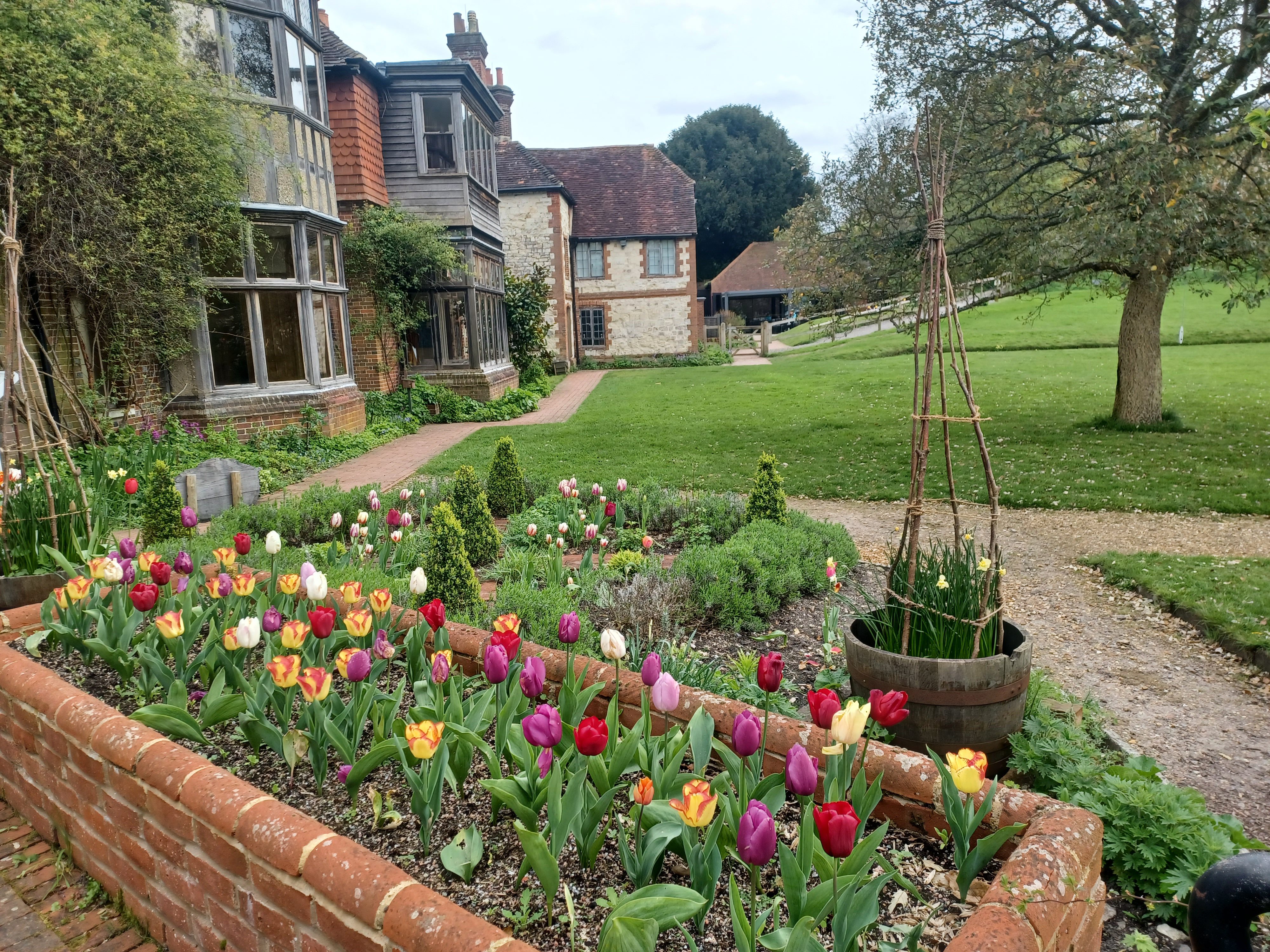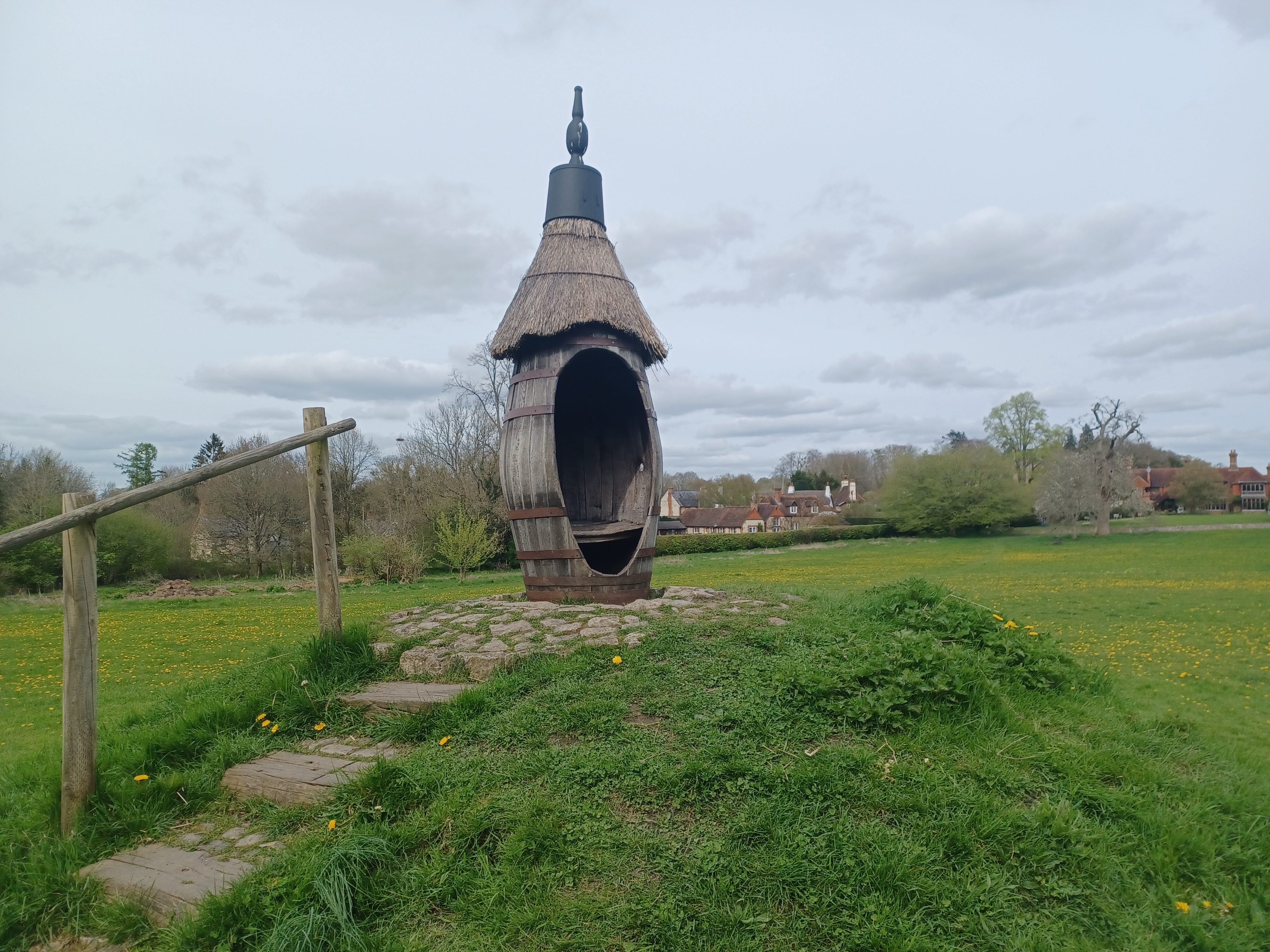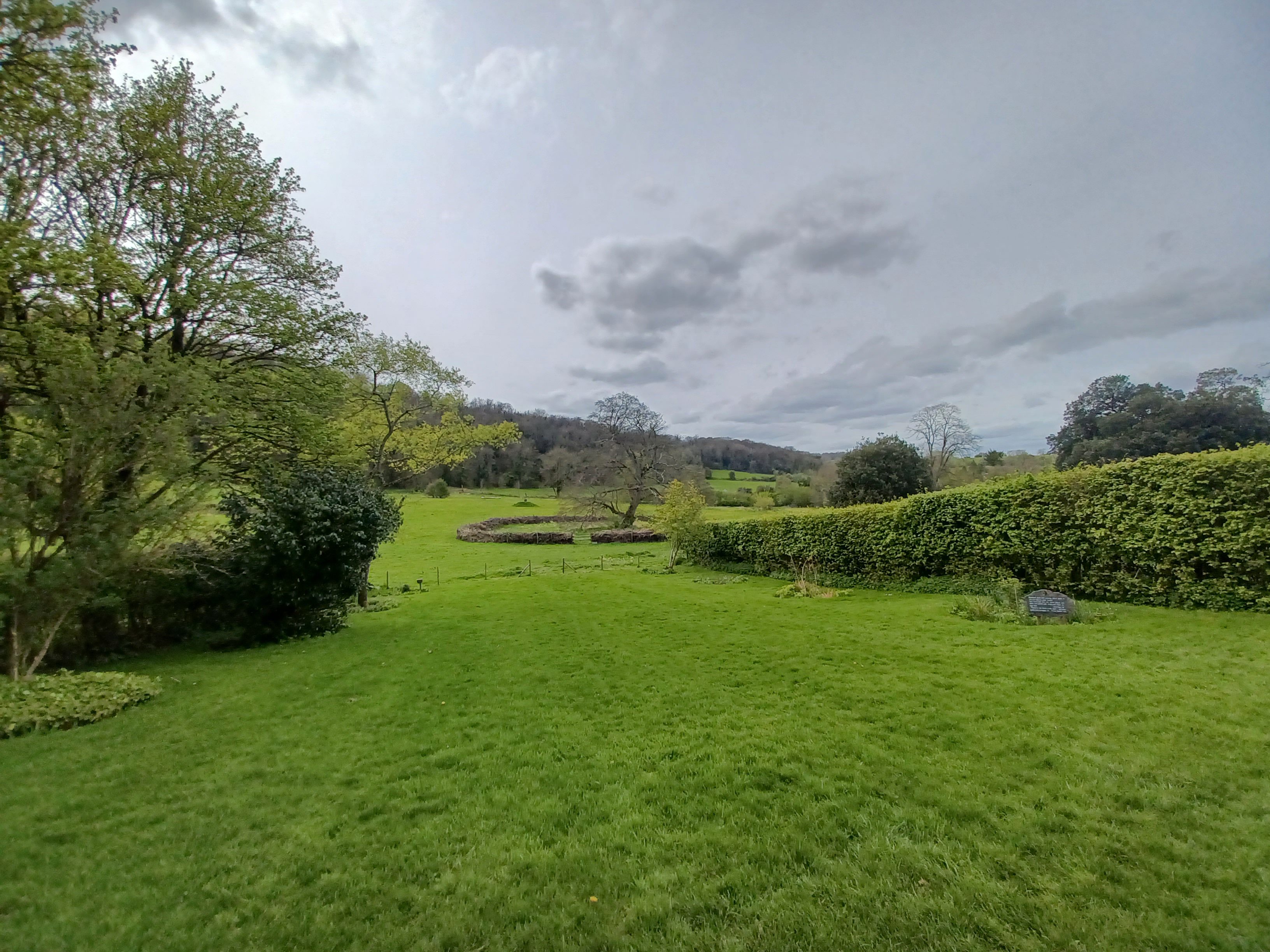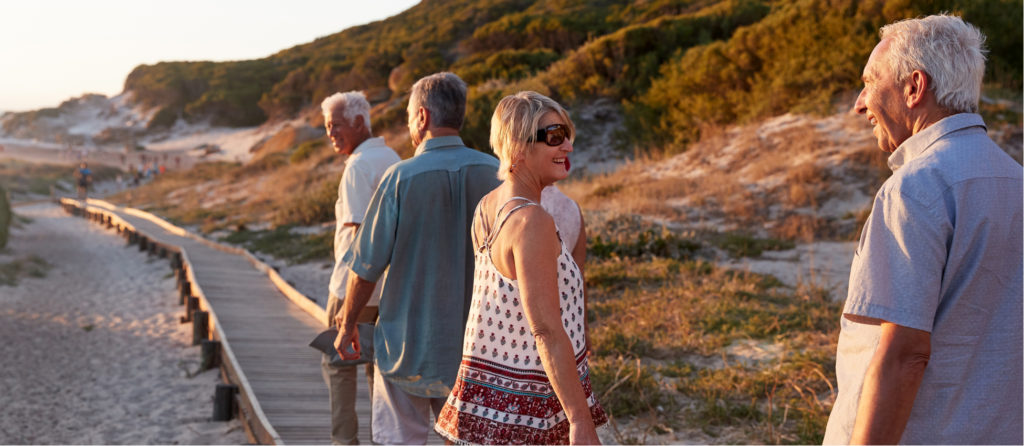In April, en route to Winchester, we came off the A303 to visit Gilbert White’s garden in Selborne: we had passed the sign to the garden many times but never had time to go there before. Gilbert White was a parson and great naturalist and, having read his book ‘The Natural History and Antiquities of Selborne’, I was keen to see the garden and learn more about its history: we also thought it was a good opportunity for a break from travel and to get some lunch in the cafe.
We drove through Selborne which is a really pretty village, past Gilbert’s house ‘The Wakes’ and found the entrance to the car park behind the Selborne Arms pub where there are also public toilets; parking is free to visitors to the house/garden/museum or cafe but they must register details of their car in White’s Cafe or gift shop. Details of opening times and parking information are on the website: gilbertwhiteshouse.org.uk.
We stopped at White’s Cafe first, it’s in the 18th Century stable block, as are the toilets. It’s obviously a popular destination for locals to meet up for coffee or a light lunch. We ordered home-made soup but as we thought it might not be enough we had a sandwich to share as well but the sandwich came with a generous amount of salad too and was all delicious and very good value. We then went to the gift shop to buy our entrance tickets – £13.50 for the garden only. There are various offers available – for example RHS individual members get free admission, but only on Tuesdays, Wednesdays and Thursdays – so it’s worth checking the website before you visit to see if you are eligible for any of them.
We had to walk through the excellent gift shop, so good that we bought a few items, and then into the garden. Gilbert White kept a diary about his garden from 1751 – 1793 so the flowerbeds in the first area we walked through has been planted with species that he would have grown himself.
We didn’t follow the suggested route shown in the Garden Guide (we’re mavericks) so then went into the formally laid out Herb Garden with its espaliered apple and pear trees, then to the Naturalists Garden with its pond containing wild plants first recorded in Hampshire and three types of newt. Then on past the ha-ha and views of the back of the house and headed towards the Kitchen Garden which is now used to grow crops for use in the cafe or be made into jams and pickles and sold in the shop. Further on I was particularly interested in the Hot Beds, reproductions of those used by Gilbert White to grow cucumbers and melons. The Meadow is a vast area devoted to wild flowers and at the time we visited there were masses of cowslips and in the distance we could see an impressive statue, so walked over to look at it. I was surprised to see it wasn’t made of stone but was a trompe l’oeil – an impressive depiction of Hercules painted on board and displayed on a large base (I’d like one like this!): it was a reproduction, as was the wine pipe seat we found next, another feature I’d like on a mound we have in our garden. The seat is on a mechanism so that it can be turned to face the sun; I sat in it and imagined sitting in it with a glass of wine. We headed back towards the house through Baker’s Hill where there are even more fruit trees.
The garden was only small when Gilbert White moved to Wakes House but he later bought more land and it now covers 25 acres of garden, meadows and woodland, all in a beautiful valley. I loved this garden and can thoroughly recommend a visit there. We shall certainly return but next time we’ll also buy tickets to see inside the house which in addition to Gilbert White’s history has the Oates Collection which is located on the upper floors of Wakes House and is a museum devoted to the Oates family but principally the naturalist and explorer Frank Oates and Captain Lawrence Oates.












